Home>Technology>Home Entertainment Systems>What Does Television Stand For


Home Entertainment Systems
What Does Television Stand For
Modified: January 9, 2024
Discover what television stands for and explore the best home entertainment systems for a top-notch viewing experience.
(Many of the links in this article redirect to a specific reviewed product. Your purchase of these products through affiliate links helps to generate commission for Storables.com, at no extra cost. Learn more)
Introduction
The television, also known as TV, has become an integral part of our daily lives. It is a source of entertainment, education, and information, bringing the world into our living rooms. With advancements in technology, the television has evolved from a bulky box with limited channels to sleek screens with high-definition visuals and a vast array of programming options.
Television is a powerful medium that has the ability to captivate and engage its audience. It has revolutionized the way we consume media, with shows and movies becoming a shared experience that brings people together. Whether it’s watching a thrilling drama series, cheering on your favorite sports team, or immersing yourself in a documentary, television has something for everyone.
In this article, we will explore the history of television, the different types of television programs, the influence of television on society, the challenges faced by the television industry, and the future of television.
Key Takeaways:
- Television has evolved from a simple device to a multifaceted medium, offering diverse content and shaping societal norms. Its future lies in personalized experiences, immersive technologies, and innovative storytelling.
- Despite challenges from streaming platforms, television remains a powerful force, influencing society and connecting people. Its future holds promise in multicultural content, technological advancements, and continued relevance in entertainment.
Read more: What Does TV Stand For In Television
Definition of Television
Television is a technological device that allows for the transmission and reception of audiovisual content. It typically consists of a display screen, speakers, and a tuner or receiver to access various channels. The word television is derived from the Greek words “tele” meaning distant and “vision” meaning sight. Together, television translates to “distant sight.”
Television operates by capturing audio and visual signals through a camera or other sources, converting them into electronic signals, and transmitting them through cables, satellites, or digital networks. These signals are then received by television sets and decoded to display the content on the screen.
The emergence of television can be attributed to the efforts of several inventors and scientists. In the early 20th century, pioneers such as John Logie Baird, Philo Farnsworth, and Vladimir Zworykin made significant contributions to the development of television technology.
Today, television has evolved far beyond its initial purpose of broadcasting live events and news. It has transformed into a multifaceted medium that offers a wide range of content, including scripted dramas, reality shows, documentaries, talk shows, sports broadcasts, and much more.
Television sets are often equipped with additional features such as built-in streaming services, internet connectivity, and smart capabilities, allowing viewers to access a vast array of content from online platforms and media providers.
As technology continues to advance, the definition of television is continuously expanding. Now, we have smart TVs, which integrate traditional television broadcasting with internet-based content, creating a seamless entertainment experience.
Despite the rise of streaming platforms and online content consumption, the traditional television set remains a popular medium for entertainment and information. Its presence in households across the globe signifies its enduring importance in our lives.
History of Television
The history of television dates back to the late 19th century, with the efforts of inventors and scientists to transmit and display moving images. While the concept of television had been speculated upon since ancient times, it wasn’t until the 20th century that significant progress was made.
One of the first pioneers in television was John Logie Baird, a Scottish inventor, who successfully demonstrated the transmission of moving images in 1925. His mechanical television system used a rotating disc with lenses to capture and display images. This breakthrough led to the first public broadcast of television images in 1926.
In parallel, Philo Farnsworth, an American inventor, developed an electronic television system that used a cathode ray tube to capture and display images. Farnsworth’s system, which he demonstrated in 1927, laid the foundation for modern electronic television technology.
Throughout the 1930s and 1940s, television technology continued to advance, and broadcasting networks started to emerge. These networks aired live programs, featuring a variety of content ranging from news and sports to entertainment and dramas.
The popularity of television soared in the 1950s and 1960s, as more households acquired television sets. This era, often referred to as the “Golden Age of Television,” saw the rise of iconic shows such as “I Love Lucy,” “The Twilight Zone,” and “The Ed Sullivan Show.” These programs became cultural phenomena and helped solidify television’s role as a primary source of entertainment.
In the following decades, television underwent several significant advancements. Color television became widely available in the 1960s, adding a new dimension to the viewing experience. The introduction of cable television in the 1970s provided viewers with a wider selection of channels and specialized programming.
The 1980s and 1990s witnessed the proliferation of satellite television, which allowed for the transmission of signals over long distances. This development opened the doors to international broadcasting, enabling viewers to access content from around the world.
The advent of digital technology in the late 20th century revolutionized television. Digital television provided clearer images and sound quality, as well as interactive features and additional programming options. This shift also prompted the transition from analog to digital broadcasting.
In recent years, the rise of internet streaming platforms has transformed the television landscape. Services like Netflix, Hulu, and Amazon Prime Video offer on-demand access to a vast library of movies, TV series, and original content. Viewers now have the flexibility to watch their favorite shows anytime, anywhere, on a variety of devices.
The history of television is a testament to the ingenuity and perseverance of inventors and innovators. From Baird and Farnsworth’s pioneering efforts to the advancements in digital technology and the rise of streaming platforms, television has continuously evolved to meet the changing needs and preferences of viewers.
Types of Television Programs
Television offers a wide range of programs that cater to diverse interests and preferences. Whether you enjoy drama, comedy, documentaries, sports, or reality shows, there is something for everyone. Here are some of the most common types of television programs:
- Drama Series: Drama series are scripted shows that depict fictional stories and characters. They often span multiple episodes or seasons, allowing for in-depth storytelling and character development. Examples include “Game of Thrones,” “Breaking Bad,” and “Grey’s Anatomy.”
- Comedy Series: Comedy series are designed to entertain and make viewers laugh. They can range from sitcoms with laugh tracks to mockumentaries and sketch comedy shows. Popular comedy series include “Friends,” “The Office,” and “Parks and Recreation.”
- Reality Shows: Reality shows feature real people in unscripted situations, often competing against one another or showcasing their daily lives. Examples include “Survivor,” “The Bachelor,” and “Keeping Up with the Kardashians.”
- Documentaries: Documentaries are non-fiction programs that provide an in-depth exploration of real events, people, or topics. They can cover a wide range of subjects, from nature and history to social issues and true crime. Well-known documentary series include “Planet Earth,” “The Civil War,” and “Making a Murderer.”
- News Programs: News programs provide current events, updates, and analysis on local, national, and international happenings. They cover a wide range of topics, such as politics, sports, weather, and finance. Examples of news programs include “BBC World News,” “CNN Tonight,” and “The Today Show.”
- Sports Broadcasts: Sports broadcasts air live or recorded sporting events, allowing viewers to watch their favorite sports teams and athletes in action. These programs include popular sports like football, basketball, baseball, and soccer, as well as niche sports. Major sports networks often have dedicated channels for sports broadcasts, such as ESPN, NBC Sports, and Sky Sports.
- Talk Shows: Talk shows feature hosts engaging in conversations with guests, discussing a wide range of topics, from celebrity interviews and political discussions to lifestyle advice and comedy skits. Famous talk shows include “The Tonight Show Starring Jimmy Fallon,” “The Ellen DeGeneres Show,” and “The Daily Show with Trevor Noah.”
- Anime: Anime refers to animated television shows and films from Japan. These programs cover a wide range of genres, including action, fantasy, romance, and science fiction. Examples of popular anime series include “Naruto,” “Attack on Titan,” and “One Piece.”
- Game Shows: Game shows involve contests, puzzles, or quizzes, where contestants compete for prizes. These programs often offer a mix of entertainment and audience participation. Popular game shows include “Jeopardy!,” “Wheel of Fortune,” and “Who Wants to Be a Millionaire?”
- Children’s Programs: Children’s programs are specifically designed to entertain and educate young viewers. They often feature animated characters, educational content, and age-appropriate themes. Examples include “Sesame Street,” “Dora the Explorer,” and “Peppa Pig.”
These are just a few examples of the many types of television programs available. With the ever-expanding landscape of television, there is always something new and exciting to watch, ensuring that there is content for every interest and age group.
When writing about the meaning of television, consider its impact on society, culture, and communication. Explore its role in shaping public opinion, entertainment, and information dissemination.
Influence of Television on Society
Television has exerted a significant influence on society since its inception. It has shaped the way we view the world, impacted our behavior, and transformed our social dynamics. Here are some of the key ways television has influenced society:
- Information and Education: Television serves as a powerful source of information and education. News programs keep us updated on current events, while educational programs teach us about science, history, culture, and more. Television has helped in spreading awareness about important social issues and promoting educational initiatives.
- Cultural Exchange: Television has facilitated cultural exchange by bringing diverse cultures and perspectives into our homes. It allows us to gain insights into different customs, traditions, and ways of life from around the world. This exposure to different cultures promotes tolerance, understanding, and breaks down barriers.
- Entertainment and Escapism: Television provides a form of entertainment and escapism for many people. It offers a wide range of programming, including dramas, comedies, and reality shows, which allow viewers to relax, unwind, and momentarily escape from their own lives.
- Influence on Behavior and Attitudes: Television has the power to shape our behavior and attitudes. It can influence our fashion choices, language, and even our perception of societal norms. Through various forms of media, television has the ability to mold public opinion and influence individual beliefs.
- Advertising and Consumerism: Television plays a significant role in advertising and commercialism. Advertisements on television shape our purchasing decisions and create a desire for certain products. Television also contributes to consumer culture by promoting materialistic aspirations and influencing our perception of what constitutes a desirable lifestyle.
- Social Bonding: Television programs, particularly popular shows, have the ability to create shared experiences and foster social bonding. Whether it’s discussing the latest episode with friends or gathering with family to watch a favorite show, television acts as a common ground for social interaction and connection.
- Influence on Children and Youth: Television has a significant impact on children and youth. It can shape their values, beliefs, and behavior at a crucial stage of development. Excessive television watching can lead to sedentary lifestyles, reduced physical activity, and potential negative effects on academic performance.
- Political and Social Awareness: Television plays a central role in shaping political and social awareness. It provides a platform for political debates, discussions, and news coverage. Television has the power to mobilize public opinion, inform citizens about social issues, and influence political movements.
- Technology and Media Consumption Habits: The advancements in television technology have transformed our media consumption habits. Streaming services, smart TVs, and on-demand viewing have altered how we engage with television content. Traditional television watching has shifted to online platforms, allowing for personalized viewing experiences and instant access to a vast library of content.
- Debate and Critical Analysis: Television programs often spark debates and critical analysis. They tackle controversial topics, challenge societal norms, and provoke discussions. Television serves as a platform for exploring and questioning societal issues, fostering critical thinking, and encouraging viewers to engage in constructive dialogue.
Overall, television’s influence on society is undeniable. It has the power to educate, entertain, shape opinions, and bring people together. However, it is essential to critically engage with television content, promote media literacy, and discern the impact it has on our lives and the society we live in.
Read more: What Does BET Stand For In Television?
Challenges Faced by the Television Industry
The television industry has faced and continues to face numerous challenges in an ever-evolving media landscape. These challenges have prompted the industry’s need to adapt and innovate to stay relevant. Here are some of the key challenges faced by the television industry:
- Competition from Streaming Platforms: One of the biggest challenges for the traditional television industry is the rise of streaming platforms such as Netflix, Amazon Prime Video, and Hulu. These platforms offer on-demand access to a vast library of content, giving viewers more control over what they watch and when they watch it. The popularity of streaming services has led to cord-cutting, with viewers opting to cancel traditional cable or satellite subscriptions in favor of online streaming.
- Shift in Viewing Habits: The way audiences consume content has changed significantly. Instead of watching programs at scheduled broadcast times, viewers now have the flexibility to stream content on their own terms. This shift in viewing habits has caused challenges for traditional broadcasters who rely on live viewership and advertising revenue. Networks must adapt by providing online streaming options and creating compelling, binge-worthy programming to attract and retain audiences.
- Attention Span and Fragmentation: With the abundance of content available across different platforms, viewers now have shorter attention spans and a wider range of options to choose from. This fragmentation of viewership poses challenges for television networks in capturing and retaining audience attention. Networks need to produce engaging and high-quality content that stands out from the competition.
- Advertising Revenue Decline: The decline in traditional television advertising revenue is another significant challenge. As viewership shifts to streaming platforms, advertisers are redirecting their budgets to digital advertising channels. This has impacted the profitability of traditional television networks, forcing them to find alternative revenue streams, such as product placements, branded content, and partnerships.
- Piracy and Copyright Infringement: Piracy and copyright infringement continue to be challenges for the television industry. The ease of illegal downloading and streaming platforms has caused revenue loss for networks and content creators. The industry must invest in digital rights management strategies and partnering with law enforcement agencies to combat piracy and protect intellectual property.
- Changing Demographics and Audience Preferences: Television networks must continually adapt to changing demographics and audience preferences. Younger generations are consuming content on their mobile devices and are drawn to shorter, snackable formats. Networks need to understand their target audience, create content that resonates with them, and explore new platforms and formats to stay relevant.
- Regulatory and Legal Restrictions: Television networks must navigate regulatory and legal restrictions imposed by governments and industry bodies. These can include content censorship, broadcasting regulations, and compliance with intellectual property laws. Adhering to these regulations can present challenges while balancing creative expression and meeting audience demands.
- Production and Distribution Costs: Producing high-quality television content can be costly, especially for scripted dramas and large-scale productions. Networks face the challenge of balancing production costs while delivering content that meets viewer expectations. Additionally, the costs associated with distribution and licensing rights can add further financial pressure.
- Social Media and Online Review Culture: Social media and online review culture have empowered viewers to voice their opinions and influence public perception of television content. Negative reviews or viral controversies can impact viewership and audience perception. Networks must engage with social media platforms and navigate online communities to manage their brand reputation effectively.
- Technological Advancements: While technological advancements provide opportunities, they also present challenges for the television industry. Networks must stay up-to-date with evolving technologies, such as 4K and HDR, virtual and augmented reality, and interactive TV experiences. Embracing new technologies can enhance the viewing experience but requires investments and adaptation.
The television industry faces a dynamic and ever-changing landscape. Despite these challenges, it also presents numerous opportunities for innovation, creative content creation, and reaching audiences in new and exciting ways. Adapting to the changing media landscape and embracing technological advancements will be key in overcoming these challenges and ensuring the continued success of the television industry.
Future of Television
The future of television holds immense potential as the industry continues to evolve and adapt to changing consumer behaviors and technological advancements. In the coming years, we can expect several key trends and developments that will shape the future of television:
- Streaming Dominance: The shift towards streaming platforms is set to continue, with more viewers opting for on-demand content over traditional broadcast television. Streaming services will continue to dominate the market, offering personalized content recommendations, original programming, and the convenience of anytime, anywhere viewing.
- Integration of Traditional and Online Channels: Television networks will increasingly integrate their traditional broadcasting with online channels and streaming platforms. We can expect to see more broadcasters offering online streaming options and creating exclusive content for their digital platforms to reach a wider audience and cater to changing viewer preferences.
- Personalized Viewing Experiences: Personalization will become a central focus in the future of television. Viewers will have more control over their content choices and the ability to curate personalized playlists or channels. Advanced algorithms and artificial intelligence will play a significant role in suggesting content based on individual preferences and viewing habits.
- Interactive and Immersive Experiences: Technological advancements such as virtual reality (VR) and augmented reality (AR) will enhance the viewing experience, allowing viewers to engage with television content in more interactive and immersive ways. We can anticipate the integration of VR and AR technologies into television programming, offering viewers a more immersive, participatory, and sensory experience.
- Mobile Viewing Growth: Mobile devices will continue to be a preferred platform for consuming television content. With the proliferation of smartphones and tablets, viewers will rely more on mobile streaming apps to watch their favorite shows, sports events, and movies. Networks will need to optimize their content for mobile viewing and develop user-friendly apps to cater to this growing trend.
- Social Media Integration and Second-Screen Experience: Social media integration will become increasingly important for television networks and broadcasters. Viewers will be able to interact with their favorite shows in real-time, engage with other fans, and access additional content related to the programs. Second-screen experiences, where viewers use their mobile devices to enhance their television viewing, will become more prevalent.
- Advancements in Advertising: Advertising on television will adapt to new technologies and consumer expectations. Targeted advertising will become more refined, leveraging data analytics and AI to deliver personalized and relevant ads to viewers. Additionally, branded content and product integrations within shows will become an increasingly popular form of advertising.
- Multicultural and Global Content: With the growth of streaming platforms and online distribution, we can expect a rise in multicultural and globally diverse content. Audiences will have access to a broader range of international programming and diversified narratives that reflect the cultural and ethnic diversity of viewers around the world.
- Continued Innovation and Technological Advancements: The television industry will continue to innovate and embrace emerging technologies. This could include advancements in display technologies such as OLED and MicroLED, improved audio technologies, integration with smart home devices and voice assistants, and further developments in content recommendation algorithms and personalization.
- Creative Content and Storytelling: Despite technological advancements, at the core of television’s future will be creative and compelling content. Engaging storytelling, well-developed characters, and high production values will continue to attract and captivate audiences. The demand for quality content will drive networks and streaming platforms to invest in diverse, original, and thought-provoking programming.
The future of television holds both challenges and opportunities. As the industry adapts to changing viewer behaviors, leverages new technologies, and embraces innovation, television will continue to be a powerful medium of entertainment, information, and social connection, bringing people together and shaping our cultural landscape.
Conclusion
The television industry has come a long way since its inception, undergoing significant transformations in technology, programming, and viewer habits. As we look to the future of television, it is evident that the industry will continue to evolve, driven by advancements in technology and changing viewer preferences.
Streaming platforms have disrupted the traditional television landscape, offering viewers an unprecedented level of convenience and customization. As more viewers turn to streaming services for their entertainment needs, traditional broadcasters are adapting by offering online options and exclusive content.
The future of television will see a greater emphasis on personalized viewing experiences, with intelligent algorithms and artificial intelligence suggesting content based on individual preferences. The integration of virtual reality and augmented reality technologies will also bring about more interactive and immersive experiences, enhancing the viewer’s connection with television programming.
Mobile viewing will continue to grow, with viewers relying on mobile devices to access their favorite shows and movies on the go. Social media integration will become commonplace, allowing viewers to engage in discussions, participate in real-time interactions, and access additional content related to their favorite shows.
While the television industry faces challenges such as the decline in traditional advertising revenue and increased competition, there are also immense opportunities for innovation and creative storytelling. Networks will need to adapt and invest in diverse, original, and high-quality content to capture and retain audience attention.
Ultimately, the future of television will be shaped by the continued convergence of technology and media consumption habits. The industry will need to embrace emerging technologies, collaborate with content creators, and stay attuned to the ever-changing needs and preferences of viewers.
Television will remain a powerful medium, connecting people, providing entertainment, and offering valuable information and education. The growth of multicultural content, the integration of global perspectives, and the potential for social impact make television a vital force in shaping society.
As television continues to captivate audiences and evolve alongside advancements in technology, it will remain a cornerstone of our entertainment landscape. Whether through streaming platforms, interactive experiences, or innovative storytelling, television will continue to entertain, inform, and inspire audiences for years to come.
Frequently Asked Questions about What Does Television Stand For
Was this page helpful?
At Storables.com, we guarantee accurate and reliable information. Our content, validated by Expert Board Contributors, is crafted following stringent Editorial Policies. We're committed to providing you with well-researched, expert-backed insights for all your informational needs.

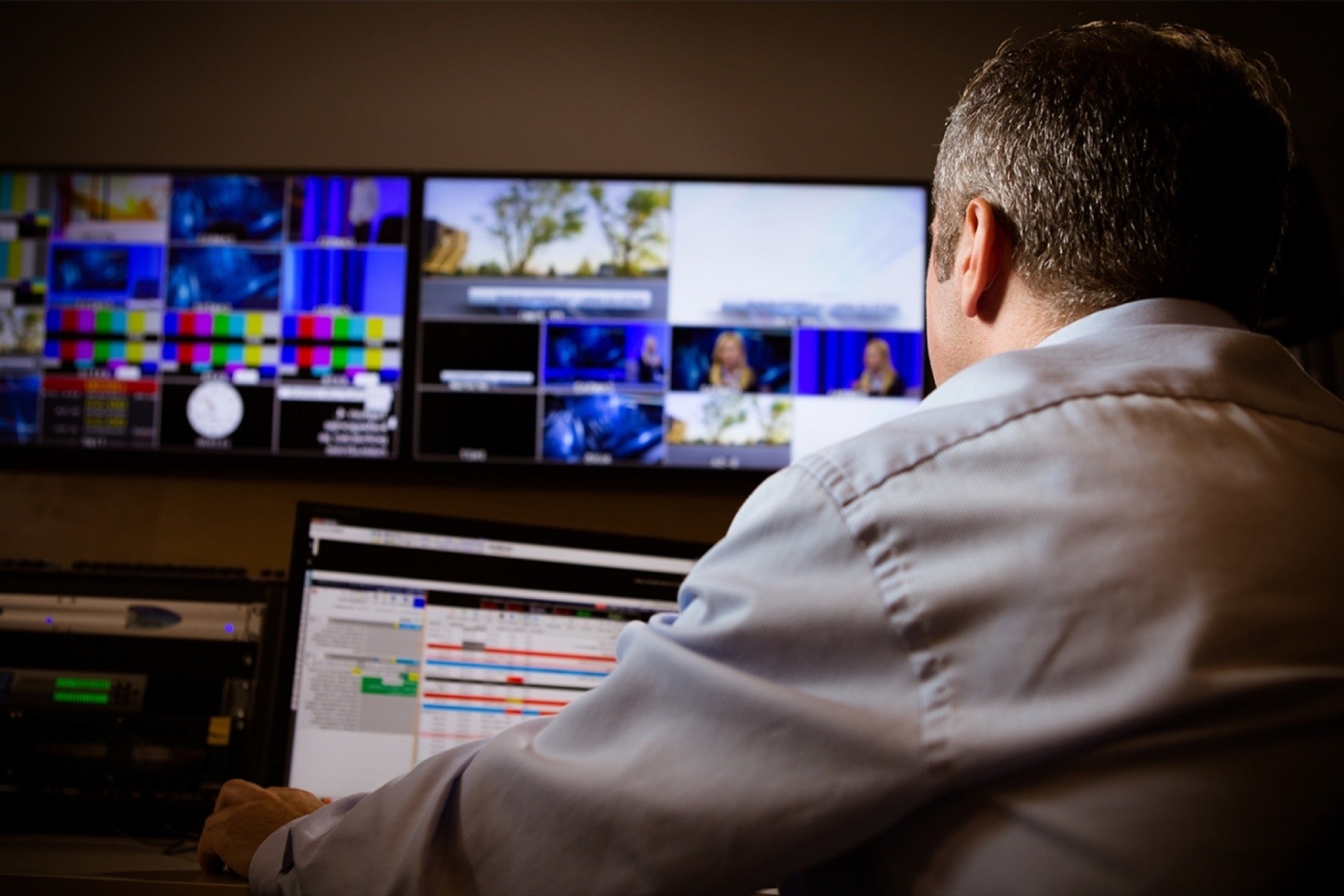




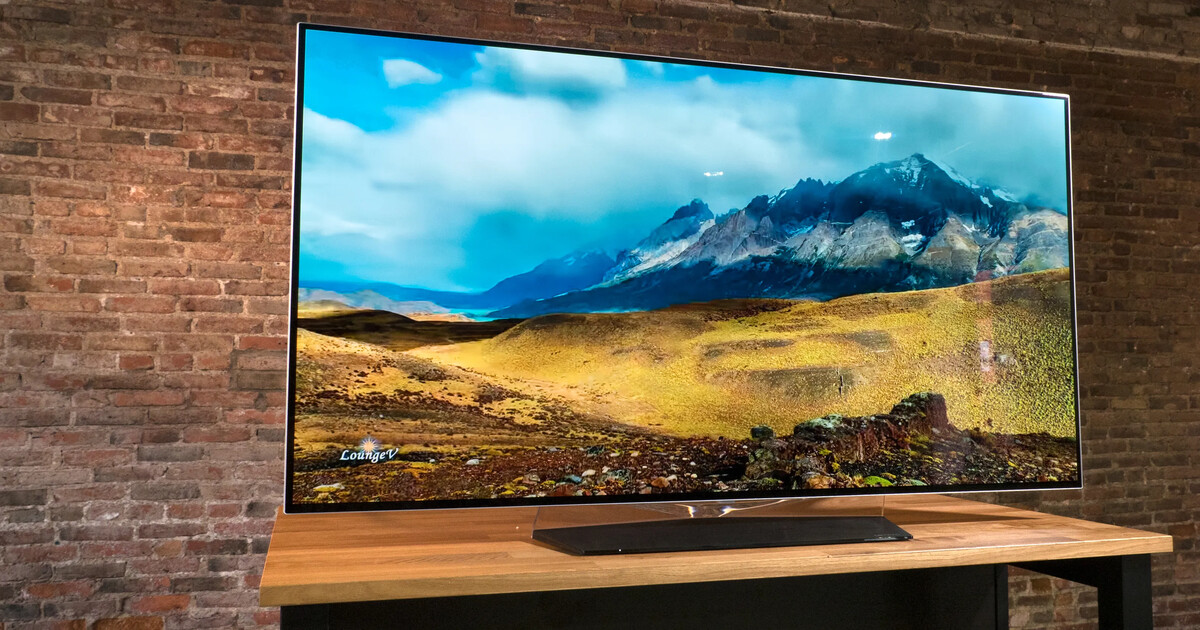



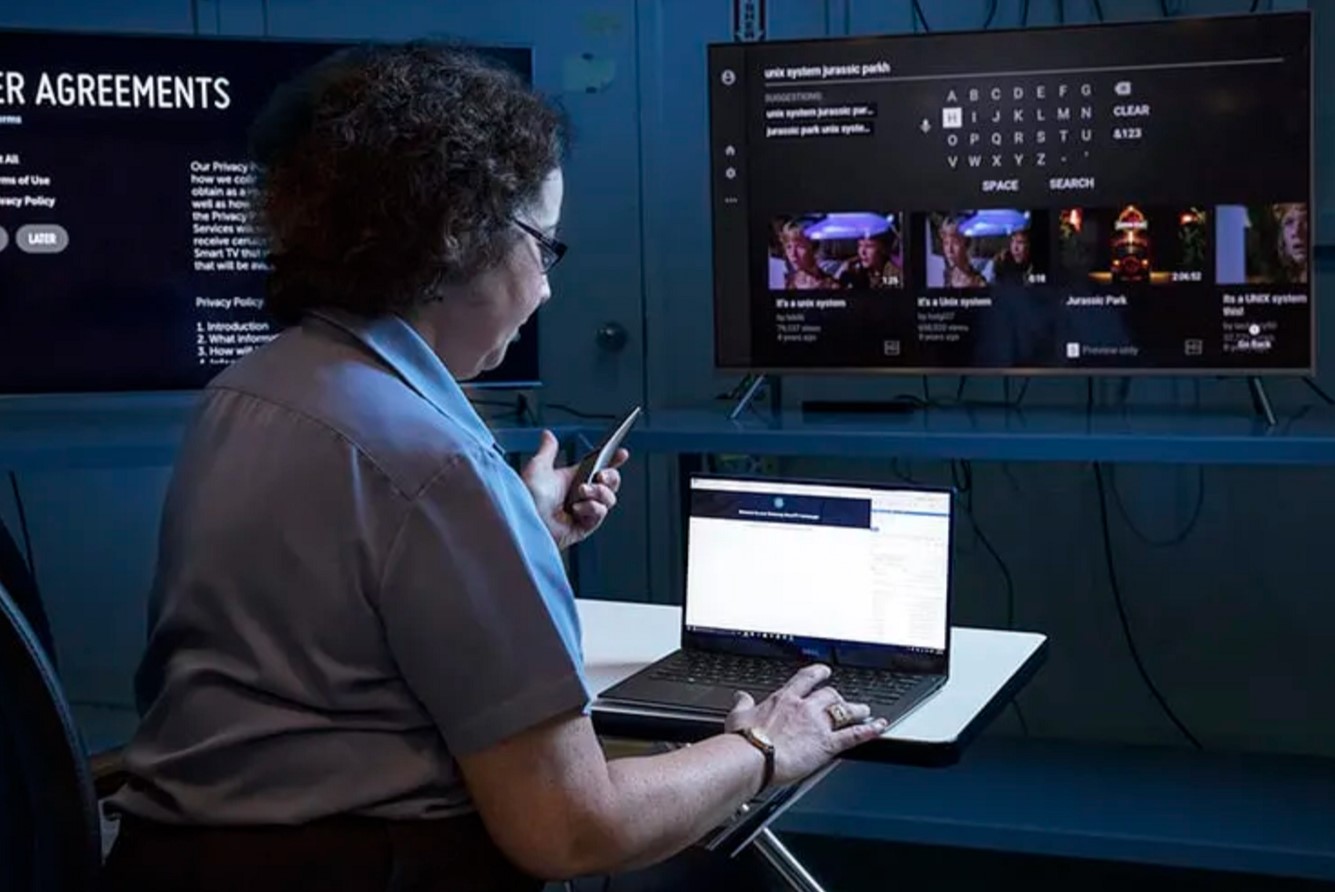

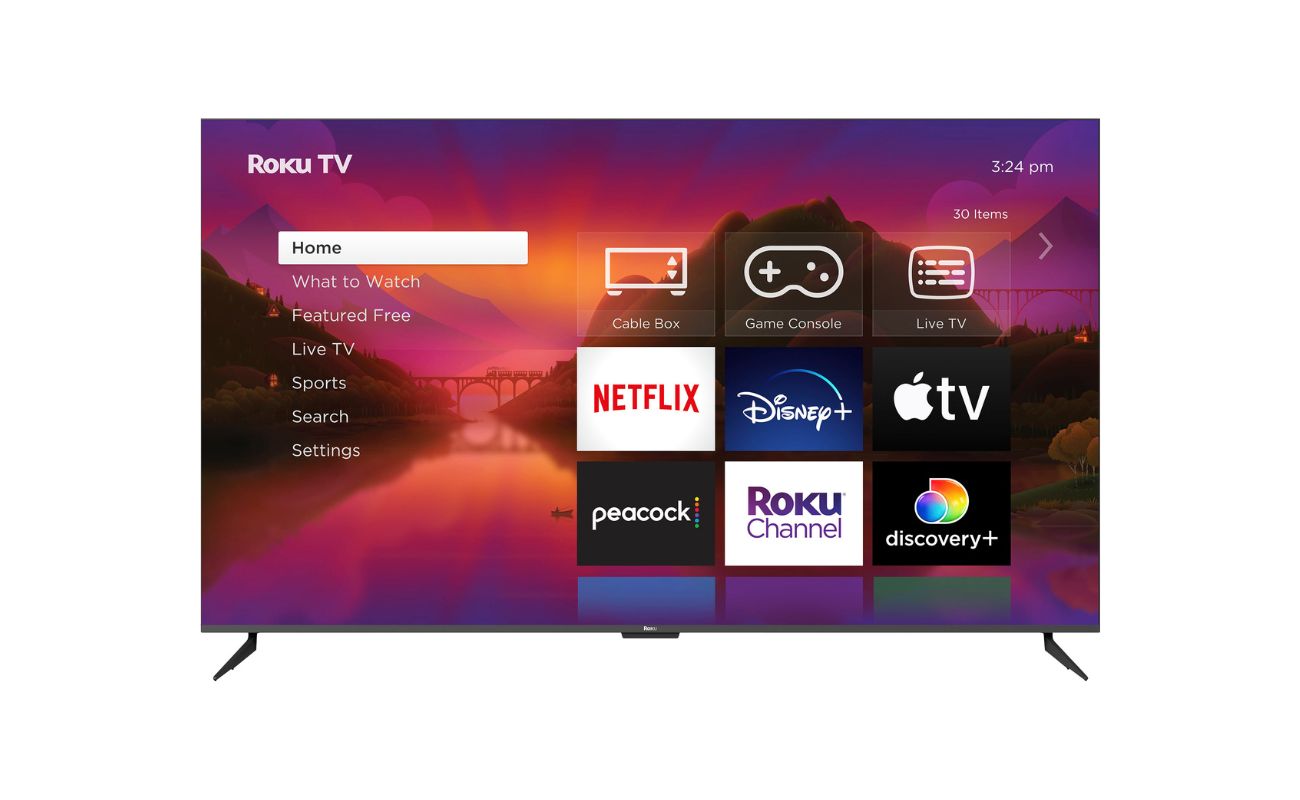
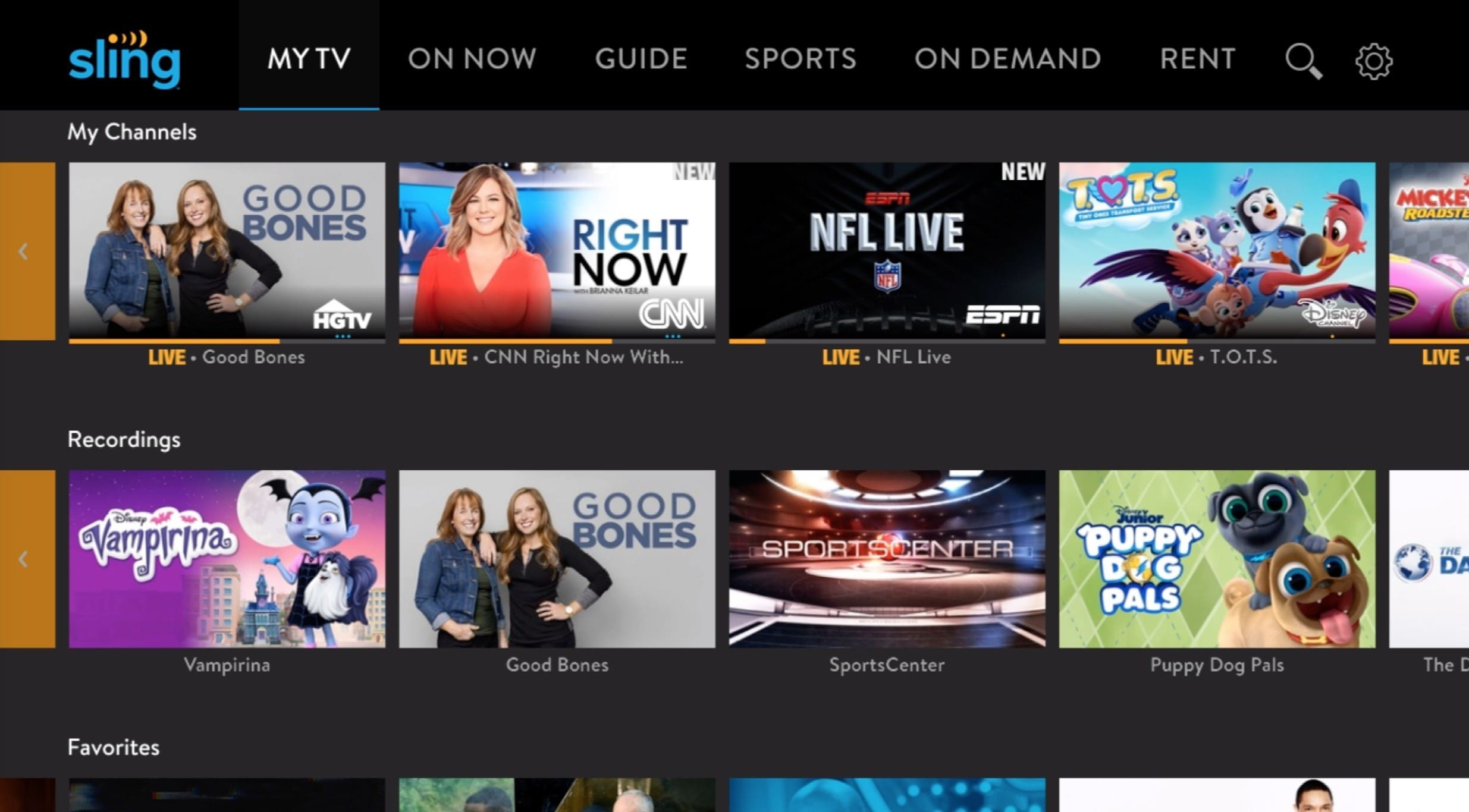

0 thoughts on “What Does Television Stand For”